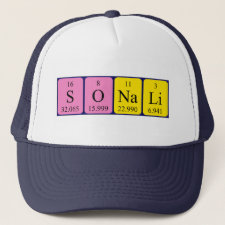
Authors: Prasad BB, Sharma PS, Lakshmi D
Article Title: Molecularly imprinted polymer-based solid-phase extraction combined with molecularly imprinted polymer-based sensor for detection of uric acid.
Publication date: 2007
Journal: Journal of Chromatography A
Volume: 1173
Issue: (1-2)
Page numbers: 18-26.
DOI: 10.1016/j.chroma.2007.10.024
Alternative URL: http://www.sciencedirect.com/science/article/B6TG8-4PWKSNN-4/2/11f355d346967900eabbd4e7cee718bf
Abstract: The development of an easy-to-use, rapid, robust and inexpensive technique is required which can measure the basal concentration of uric acid (UA) lower than 1.0 x 10-7 M (~0.017 mg L-1) in biological samples to attend the problem of hypouricemia. In the present work an artificial receptor for UA, silica gel-bonded molecularly imprinted polymer (MIP), was used as a sorbent for molecularly imprinted solid-phase extraction (MISPE) in column chromatography. The use of a sensor based on a MIP-modified hanging mercury drop electrode (HMDE), as reported from our laboratory, could estimate UA with detection limit as low as 0.024 mg L-1 under the optimized conditions of differential pulse, cathodic stripping voltammetric (DPCSV) measurement. However, in the current investigation, with the use of the combination of MISPE followed by detection with a MIP-based HMDE sensor, the minimum detectable concentration could go down to 0.0008 mg L-1 (RSD = 0.63%, S/N = 3). The same MIP receptor for both MISPE and the corresponding sensor was able to enhance the preconcentration of analyte substantially so as to attain the desired level of sensitivity; and that to without any interference (cross-reactivity) from other structurally related analogues including the major interferent like ascorbic acid prevalent in the aqueous environment of biological samples
Template and target information: uric acid, UA
Author keywords: Uric acid-imprinted polymer-modified silica gel, molecularly imprinted solid-phase extraction, differential pulse, Cathodic stripping voltammetry, selective enrichment, Blood serum



Join the Society for Molecular Imprinting

New items RSS feed
Sign-up for e-mail updates:
Choose between receiving an occasional newsletter or more frequent e-mail alerts.
Click here to go to the sign-up page.
Is your name elemental or peptidic? Enter your name and find out by clicking either of the buttons below!
Other products you may like:
 MIPdatabase
MIPdatabase









